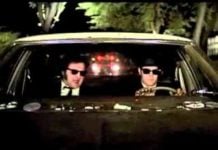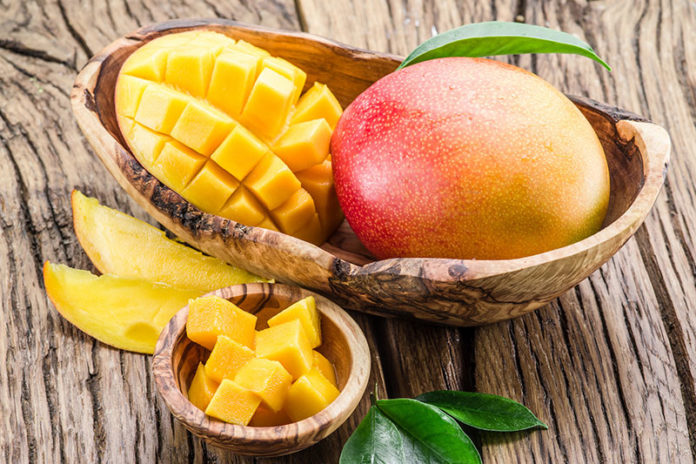Even those who follow government closely may not know that the United States has a National Mango Board with a multi-million-dollar budget to help increase consumption of the juicy tropical fruit. This is a serious matter that is handled at the presidential cabinet level. The Mango board is a type of panel that was authorized by Congress decades ago and has 18 members who are appointed by the secretary of the U.S. Department of Agriculture (USDA). It operates under a USDA oversight body known as the Agricultural Marketing Service (AMS).
Based in Orlando, Florida, the National Mango Board has a generous $6.7 million annual budget, according to USDA figures. The board is composed of eight importers, two domestic producers, one first handler and seven foreign producers who serve three-year terms. Agriculture Secretary Sonny Perdue recently appointed six members to the board, including a mango producer from Jalisco, Mexico and another from Piura, Peru.
The others are importers from California and Texas and a producer from Hawaii. “I truly appreciate the time and expertise that these individuals have agreed to give guiding the National Mango Board in its mission to find ways to provide fresh mangos to U.S. consumers and help their industry thrive,” Perdue said in an agency statement.
Here’s why this obscure government entity exists; to increase the consumption of fresh mangos in the United States, unlikely to be a pressing issue for most Americans. The board accomplishes this with promotion and market development activities that naturally also support a thriving industry. “The board’s vision is to bring the world’s love of mangos to the U.S.,” according to the National Mango Board website, which describes itself as a “promotion and research organization.”
The site includes all sorts of interesting information about mangos, including the unique texture and flavors of different varieties, how to ripen, cut and store the fruit and tips on choosing the perfect mango—don’t focus on color because it’s not the best indicator of ripeness. There are also recipes for just about any dish with mango, including tropical mango guacamole, shrimp and mango curry, mango Manchego stuffed with jalapeños and crusted pork with mango relish, among others. Six varieties of mangos are sold in the U.S.; Tommy Atkins, Haden, Kent, Keitt, Honey and Francis.
The board’s research portion is displayed in several sections that offer information on nutrition, history and “fun facts.” For instance, mangos were first grown in India over 5,000 years ago and mango seeds traveled with humans from Asia to the Middle East, East Africa and South America beginning around 300 or 400 A.D. “Legend says that Buddha meditated under the cool shade of a mango tree,” according to the National Mango Board.
More serious research includes academic studies on consumer attitudes, bioactive components of mangos and the effect of hot water treatment on a Mexican specie (Tommy Atkins) vulnerable to fruit flies. A separate study on this type of mango, which also comes from Guatemala, Brazil, Ecuador and Peru, focuses on sunken pits on the fruit’s peel caused by pitting or lenticel damage. This can deter consumers at the store level, according to researchers, and most packers do not have a clear understanding if the damage comes from the orchards or the packing process. Tommy Atkins mangos from Oaxaca, Jalisco, Nayarit and Sinaloa are the focal point of that research.
One of the more recent studies sponsored by the board includes an in-depth analysis on the ideal temperature to deliver the highest quality mangos. The findings are delivered in an exhaustive 38-page report, but the nutshell is that the optimal transit temperature for mangos is around 55 degrees Fahrenheit. The problem however, is that mangos are often transported in refrigerated trailers with other food items that require colder temperatures and the mangos get compromised.
The experts in “perishable food cold chain” hired to research the matter were left with the objective of finding commercially available pallet covers for the thermal protection of mango pallets transported in a mixed load refrigerated trailer. It’s not clear how much this important research cost the Mango Board. For those wondering, Kent mangos were used in the study and pallet covers were tested with and without a base.






























